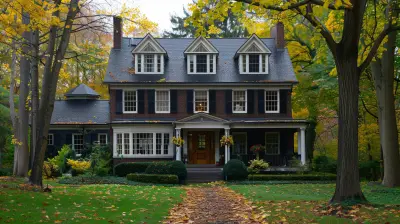Making Trade-offs When Calculating Your Optimal Down Payment
6 August 2025
Buying a home is one of the most exciting, challenging, and significant financial decisions you'll ever make. But let’s be real—it's not all open houses and Pinterest boards. At some point, you’ll need to sit down and tackle a big question: How much should I put down for a house?
Deciding on your down payment isn't just about pulling a number from thin air. It’s about trade-offs, compromises, and a little bit of personal reflection. Should you put down 20% to avoid private mortgage insurance (PMI)? Or is it better to keep some cash in the bank for emergencies or renovations? Let’s dive in, unpack these questions, and figure out how to calculate your optimal down payment.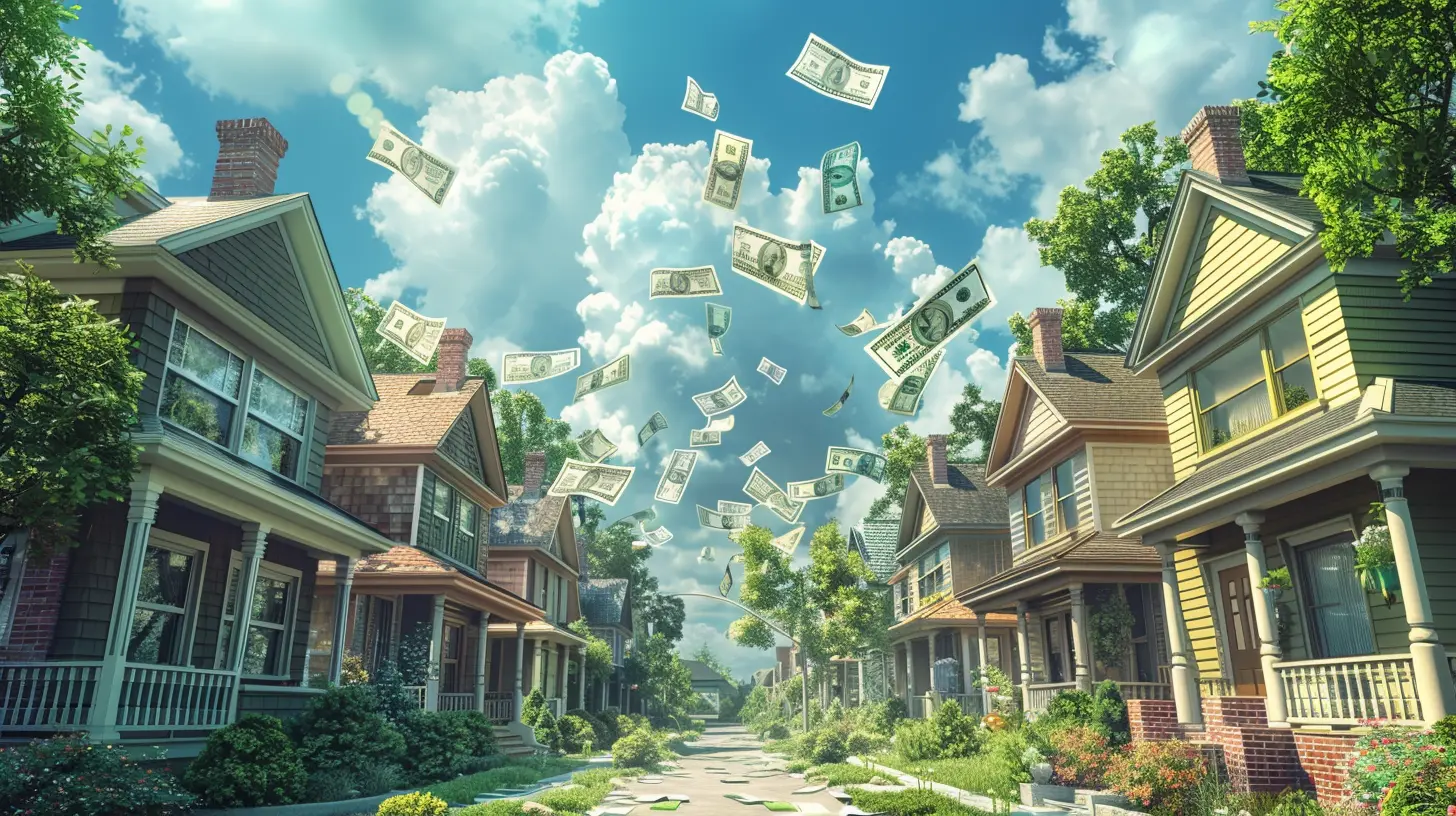
What Is a Down Payment, and Why Does It Matter?
Before we get ahead of ourselves, let’s start with the basics. A down payment is the initial cash payment you make toward the purchase price of a home. It’s like putting skin in the game—the more you put down, the less you’ll owe on your mortgage.But why does it matter so much? Well, your down payment influences several key factors, including:
- Your monthly mortgage payment
- The type of loan you qualify for
- Whether or not you have to pay PMI
- The total interest you’ll fork out over the life of the loan
In other words, your down payment shapes the entire financial picture of your home-buying journey. It’s not just a number—it’s a strategy. 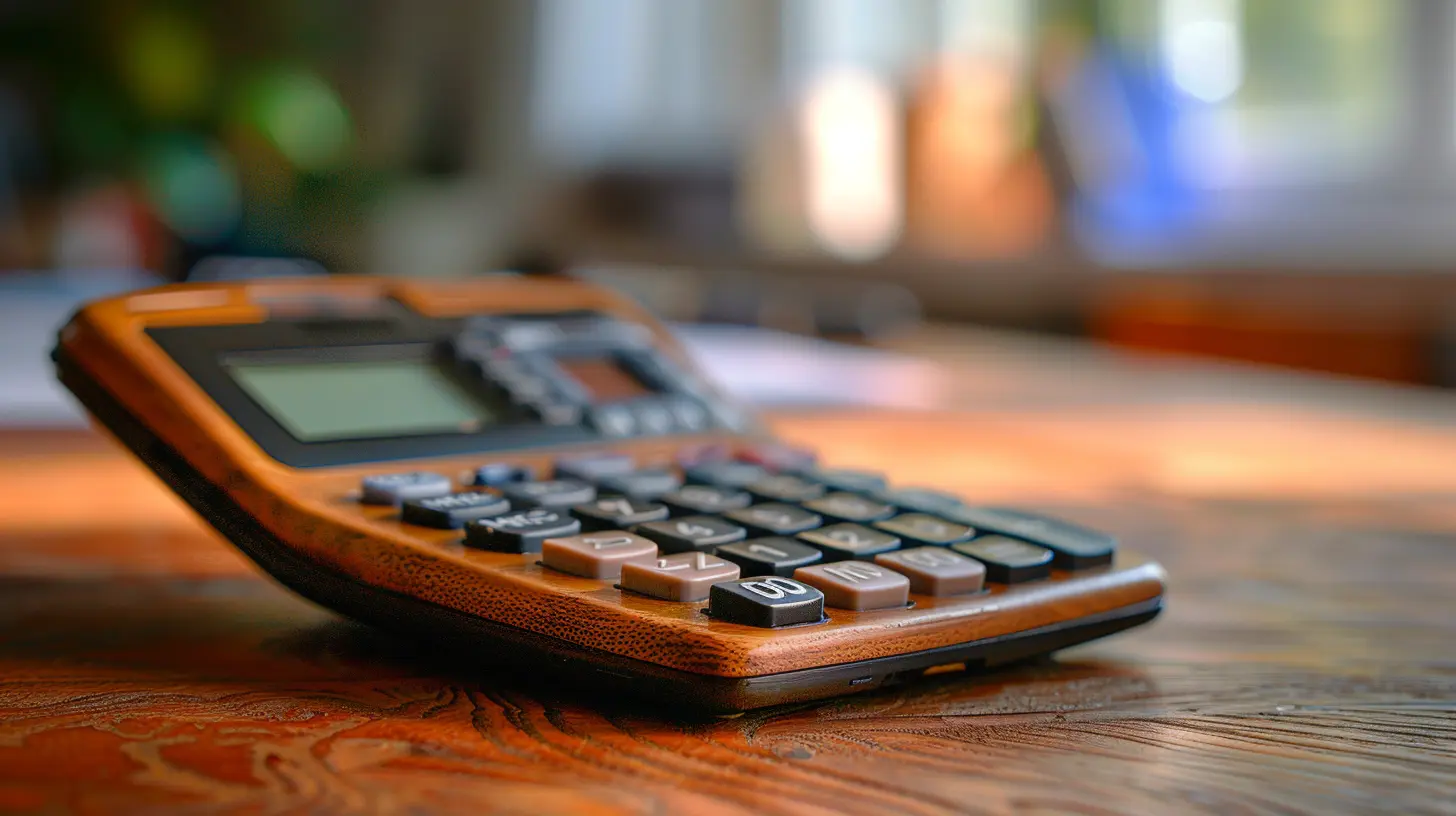
The Magic Number: Is 20% Still the Gold Standard?
If you’ve done any research online, you’ve probably come across the golden rule of homebuying: put down 20%. Why?- Avoid PMI: With a 20% down payment, you can dodge private mortgage insurance, which is an extra cost lenders require for smaller down payments.
- Better Loan Terms: Bigger down payments typically lead to lower interest rates. Lenders love when you assume more risk upfront.
- Lower Monthly Payments: Putting down more means borrowing less, which equals smaller monthly payments.
Sounds pretty tempting, right? But here’s the catch: not everyone has 20% lying around. And honestly, that’s okay. The average down payment in the U.S. is closer to 6-7%, especially for first-time homebuyers. So, while 20% can be a smart move, it’s not the only way to go. 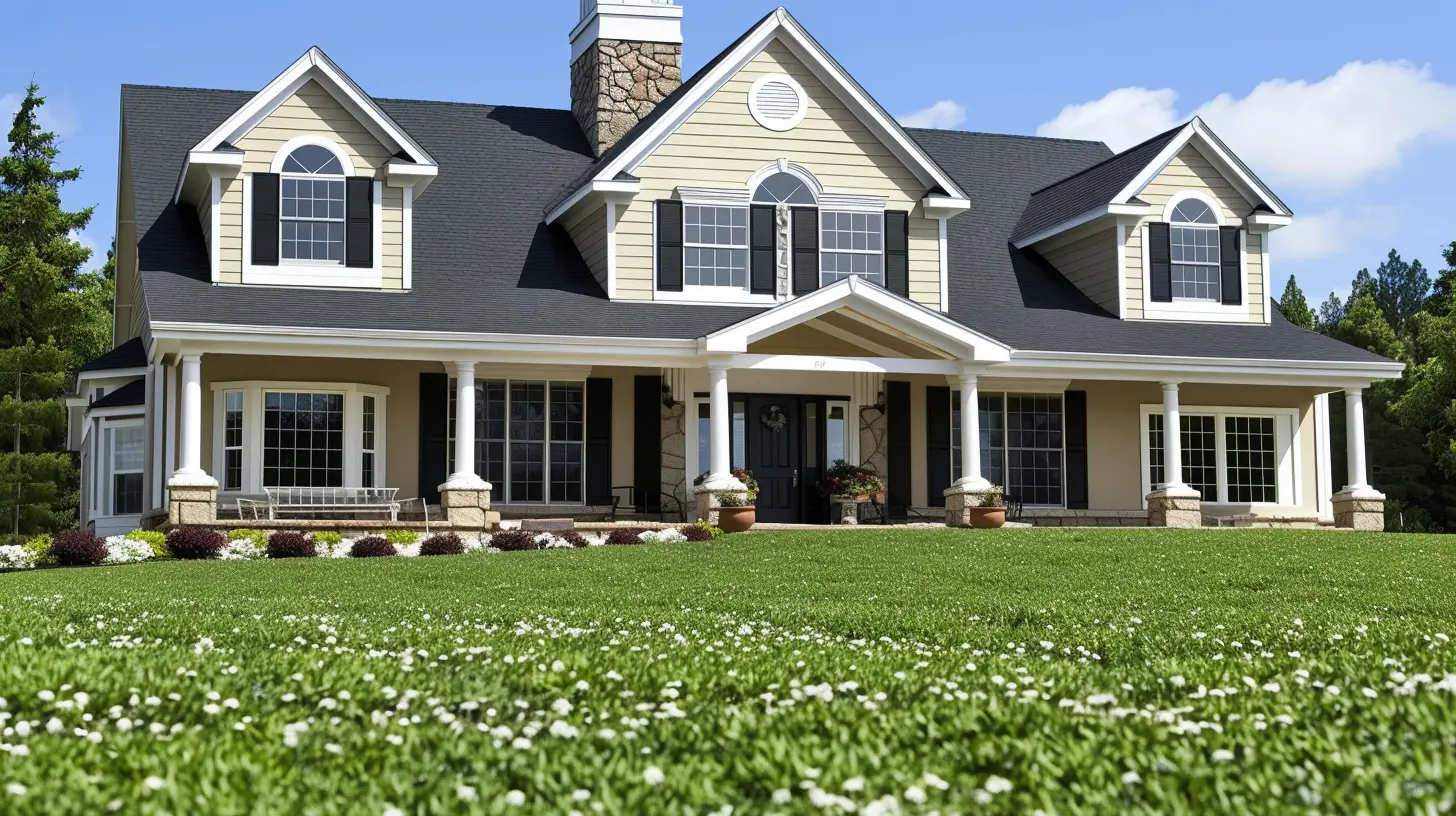
The Trade-Offs of a Larger Down Payment
If you’ve been saving for years and have enough cash to hit that 20% mark—or higher—that’s amazing! But before you empty your savings account, let’s weigh the pros and cons.Pros of a Larger Down Payment:
1. Lower Monthly Payments: A bigger down payment means a smaller loan balance, which can significantly shrink your monthly bill.2. Less Interest Paid Over Time: With a smaller loan, you’ll pay less in interest, potentially saving you tens of thousands over the life of the loan.
3. Equity from Day One: You’ll start with instant equity in your home, which can offer peace of mind and financial stability.
Cons of a Larger Down Payment:
1. Draining Your Savings: If you throw every penny into your down payment, you might not have enough left for unexpected expenses (hello, roof repairs or a leaky water heater).2. Opportunity Cost: That extra cash could be invested elsewhere, like in the stock market or a retirement account, where it might grow more aggressively.
3. Less Flexibility: Let’s face it—life is unpredictable. Holding onto some cash means you’ll have a safety net for job changes, medical emergencies, or even fun stuff like travel.
It’s all about balance. While a larger down payment might save you money in the long run, it’s crucial to think about your overall financial health, not just the house. 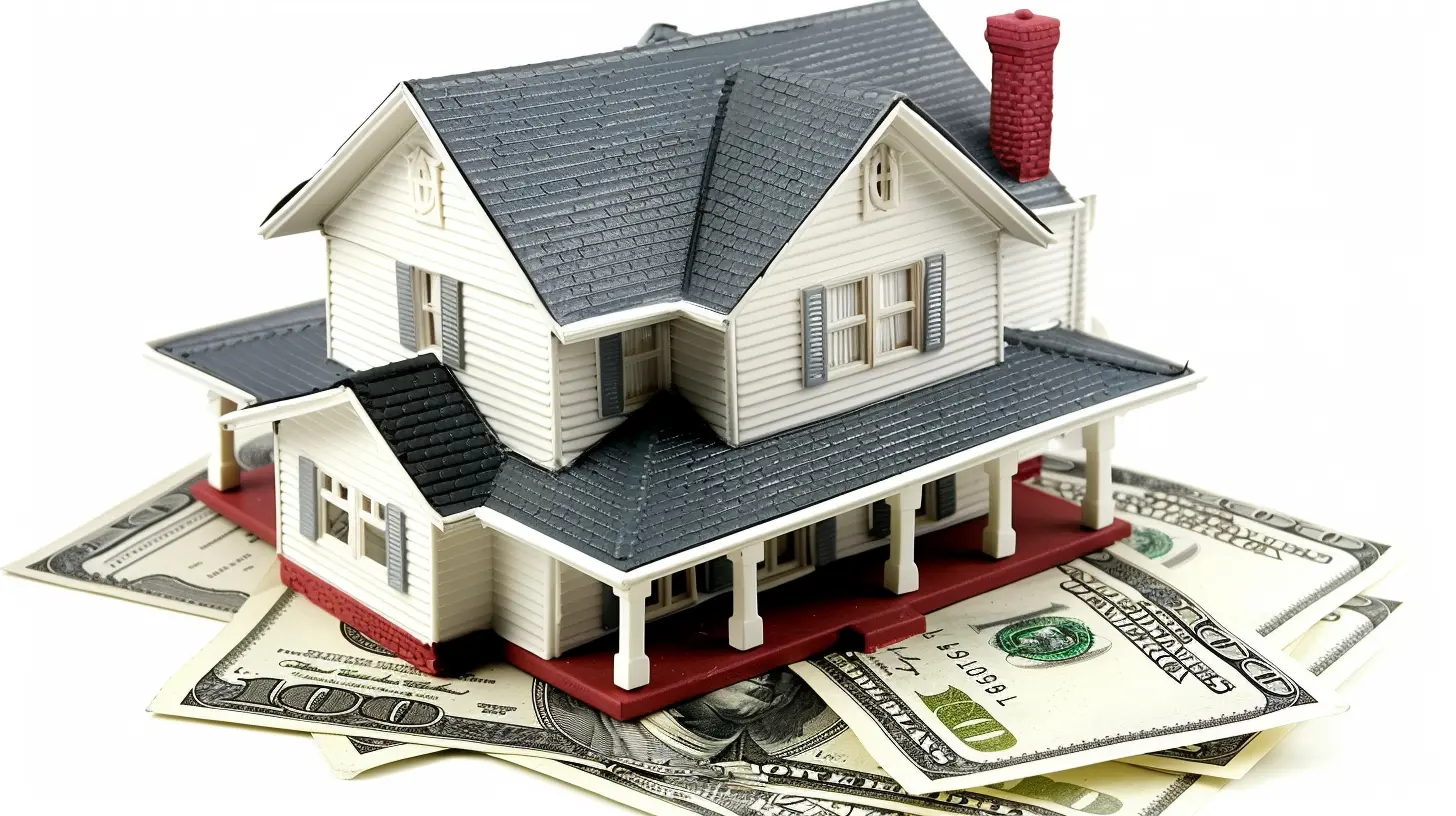
The Case for a Smaller Down Payment
Now, what if you pivot the other way and opt for a smaller down payment? After all, programs like FHA loans, VA loans, and even some conventional loans allow down payments as low as 3%.Pros of a Smaller Down Payment:
1. Get in the Door Sooner: Let’s be honest—saving up 20% can take years. A smaller down payment lets you start building equity sooner rather than later.2. Leave Room for Other Goals: By putting down less, you’ll have more cash on hand for things like renovations, student loans, or even a much-needed vacation.
3. Liquidity: Keeping extra money on hand means you’re not stretched too thin financially.
Cons of a Smaller Down Payment:
1. PMI Costs: With less than 20% down, you’ll likely need to pay PMI, which adds to your monthly expenses.2. Higher Interest Rates: Smaller down payments can lead to slightly higher rates since lenders see you as a bigger risk.
3. More Debt: A smaller down payment means borrowing more, which means paying more in interest over time.
Here’s the trick: A smaller down payment isn’t a bad choice if it fits your current financial situation. Just make sure you’re comfortable with the higher monthly costs and that you have a plan to tackle PMI (more on that later).
Factors to Consider When Calculating Your Optimal Down Payment
So, how do you figure out what’s right for you? Here are a few things to think about when making your decision:1. Your Budget and Savings
Before you set a down payment goal, take a good, hard look at your finances. How much do you have in savings? Will this leave you a cushion for emergencies or unexpected costs? The last thing you want is to drain your savings and feel stuck.2. Your Monthly Comfort Zone
Be honest about what kind of monthly payment you can handle. A bigger down payment might lower your monthly costs, but if it leaves you stretched thin in the short term, is it really worth it?3. Your Long-Term Plans
How long do you plan to stay in this house? If it’s just a few years, a smaller down payment might make more sense since you won’t be in the loan long enough to reap the benefits of lower interest. But if this is your forever home, a larger down payment could pay off over time.4. Other Financial Goals
Don’t forget about the rest of your life—retirement, kids’ college funds, travel, or even starting a business. Your down payment needs to fit into your overall financial picture, not derail it.Strategies for Finding the Sweet Spot
So, how do you strike the perfect balance? Here are a few strategies to keep in mind:1. Factor in Closing Costs
Don’t forget that your down payment isn’t the only upfront cost. You’ll also need to cover closing costs, which can range from 2-5% of the home’s purchase price. Plan for these expenses when deciding how much to put down.2. Consider PMI as a Temporary Expense
If putting down 20% isn’t realistic, don’t sweat it. PMI isn’t forever. Once you’ve built up 20% equity in your home, you can usually cancel it. Think of it as a short-term trade-off for getting into your dream home sooner.3. Use Online Calculators
Mortgage calculators can help you see how different down payment amounts will impact your monthly payments, interest rates, and total loan cost. Play around with the numbers to see what feels right for you.4. Talk to a Pro
Still feeling unsure? A mortgage broker or financial advisor can walk you through the numbers and help you make a decision that aligns with your goals.Closing Thoughts
Making trade-offs when calculating your optimal down payment is like a balancing act. You’re weighing short-term sacrifices against long-term benefits—and there’s no one-size-fits-all answer.The best down payment is the one that works for you. It’s the one that helps you sleep at night, knowing you’ve made a smart financial choice without sacrificing your emergency fund or other goals. So, take a deep breath, crunch the numbers, and trust yourself. You’ve got this.
all images in this post were generated using AI tools
Category:
Down PaymentsAuthor:

Melanie Kirkland
Discussion
rate this article
1 comments
Vanessa Strickland
Considering trade-offs in your down payment can significantly affect your mortgage terms and monthly payments, impacting overall affordability and financial flexibility. Choose wisely!
August 13, 2025 at 3:49 AM

Melanie Kirkland
Thank you for your insightful comment! Indeed, weighing trade-offs in your down payment is crucial for optimizing mortgage terms and ensuring long-term financial flexibility.

